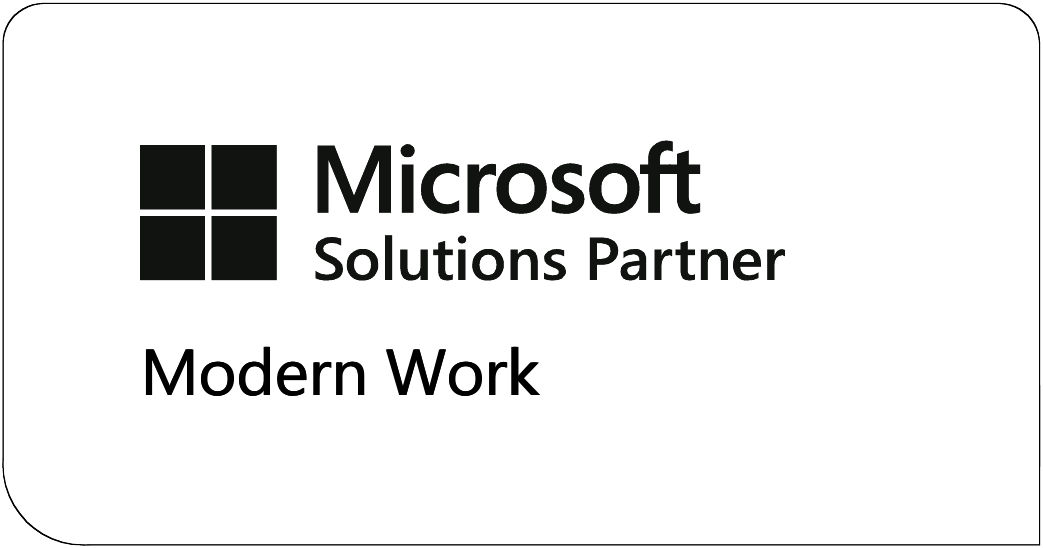COVID-19 has shaped the way we work, and with the growth of the global remote revolution, more and more businesses require a service that taps into the scale and agility of the cloud.
But what if you solely use an on-premise server? Can you migrate that infrastructure to the cloud?
In a word, absolutely. And one of the easiest and cheapest ways to migrate to the cloud is to take the workload as-is and run it on cloud-native resources: essentially the “Lift & Shift” approach.
What Is A Lift and Shift?
It does what it says on the tin. This approach involves migrating your applications and associated data directly to the cloud – without any changes.
Applications are effectively “lifted” from the current environments and “shifted” over to the new hosting infrastructure, i.e. the cloud. There might be some reorganisation in the infrastructure itself but no significant changes are made to the application architecture, data flow, or authentication mechanisms.
The significant drivers in a lift and shift migration are the compute, storage, and network requirements of the application. Everything should be mapped across carefully – essentially mirroring the on-premises services over to the cloud.
A deep dive into the servers is still needed – to review the VPN services and how the current infrastructure operates. These deep-dive exercises are often conducted right at the start of the process – to get a clear roadmap of the task ahead.
Benefits Of Adopting A Lift and Shift
There are several.
- Long term savings. Once you’re in the cloud, there’s no need to make manual server updates in multiple locations. The latest software is always available – saving you thousands of Euros and hours.
- You can migrate one server at a time. This is a minimal-risk approach to get maximum ROI by drip-feeding your new servers into your business. It also gives teams time to adapt to the new infrastructure.
- Security and compliance management in a lift and shift migration is relatively simple – as long as your cloud service provider has the right certifications and security procedures in place.
The Tools For Migration
Choosing the right tools and processes is essential in ensuring everything runs smoothly before, during, and after migration. Keeping downtime to a minimum, having backup replication, or snapshot technologies are recommended for a hassle-free lift and shift migration.
With any lift and shift move, specific ICT knowledge is needed long with the right resources, network, and cloud computing savvy. That’s where Universal can step in and help.
We can both facilitate your migration across to a cloud-based solution and advise you on the right tools to help you and your teams strategise and execute the best approach for your business.
Get in touch today for more information.

